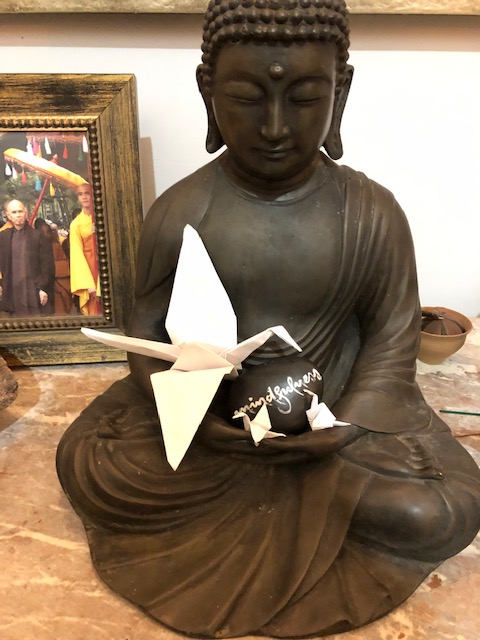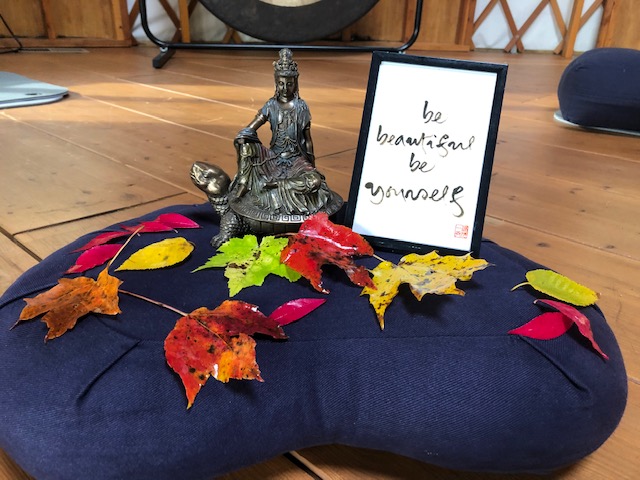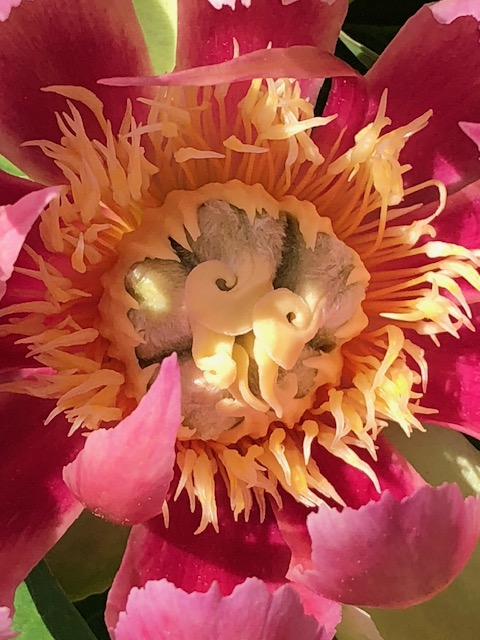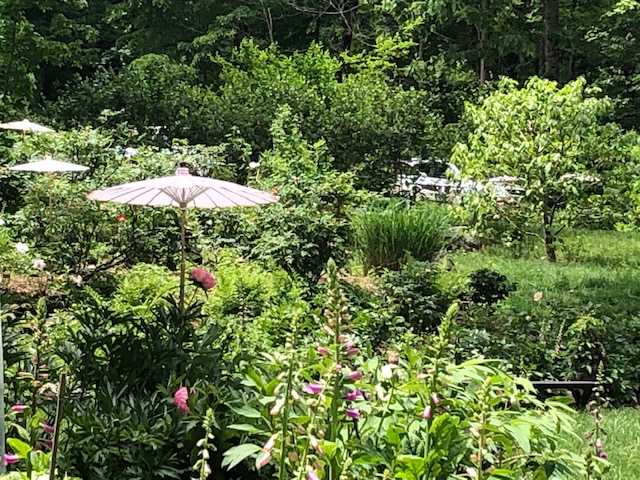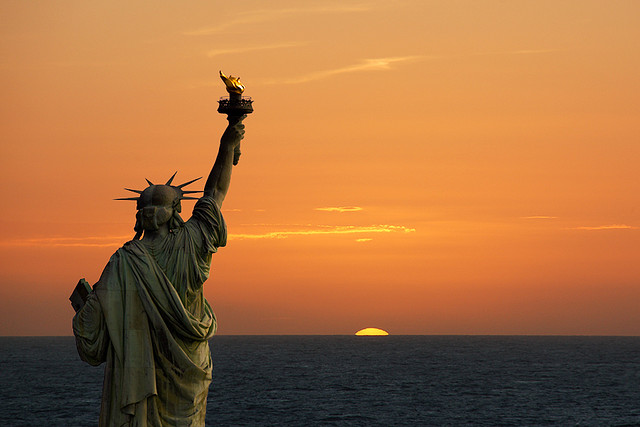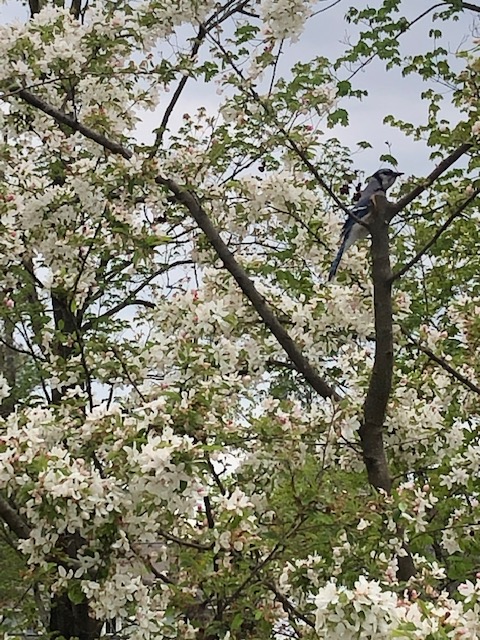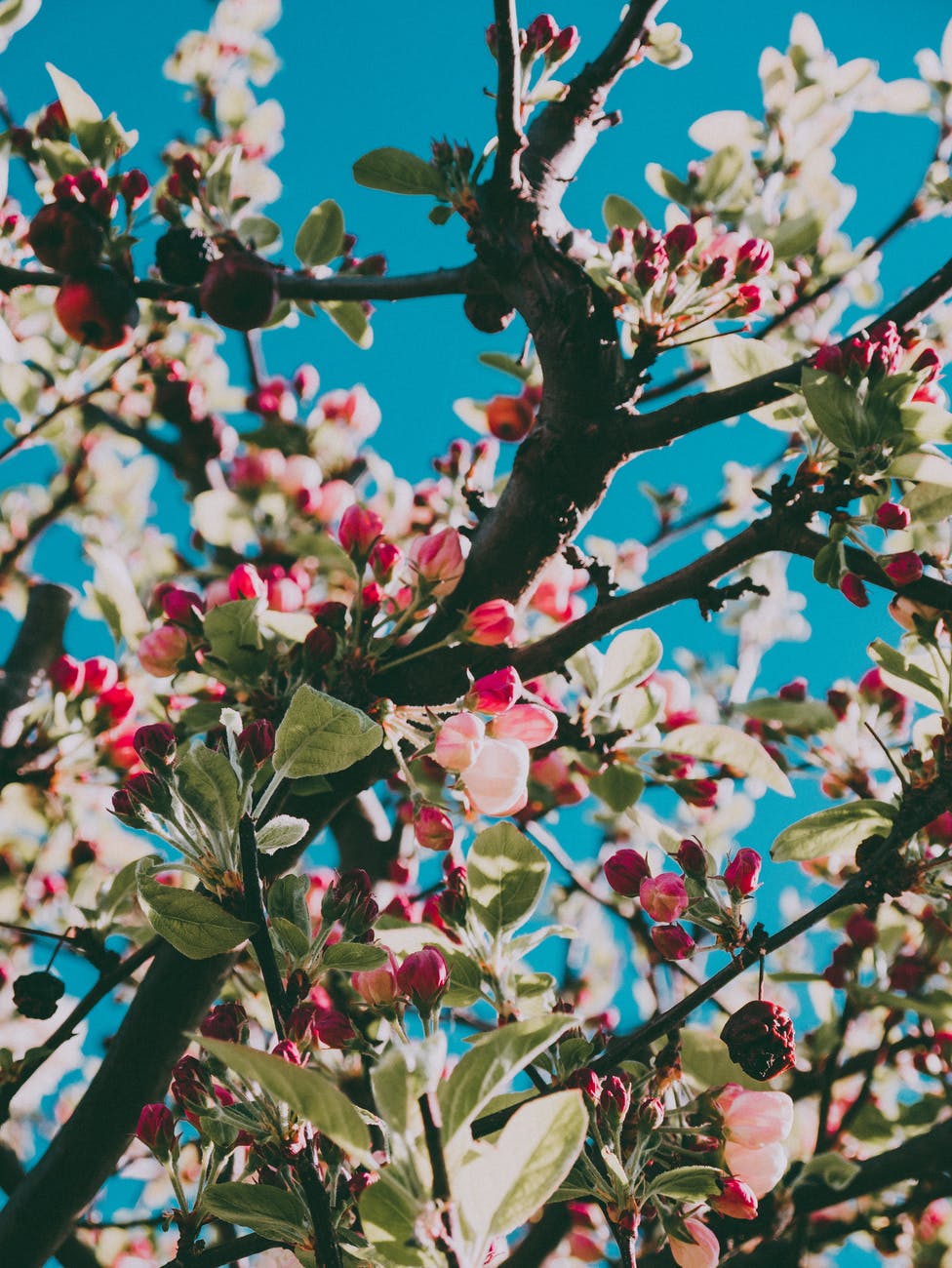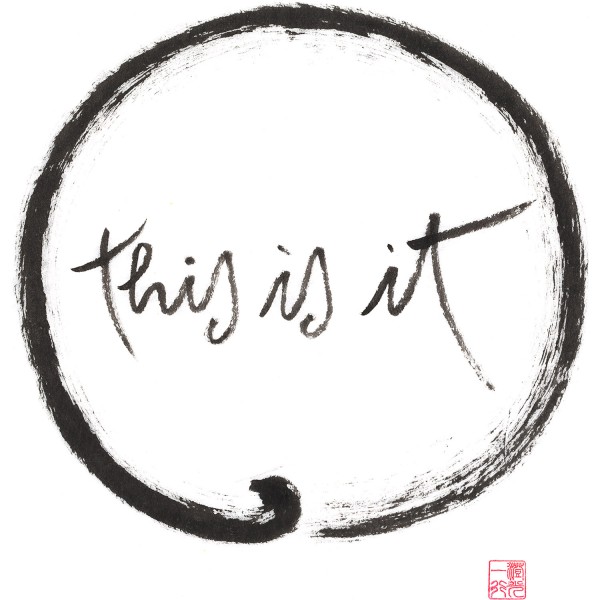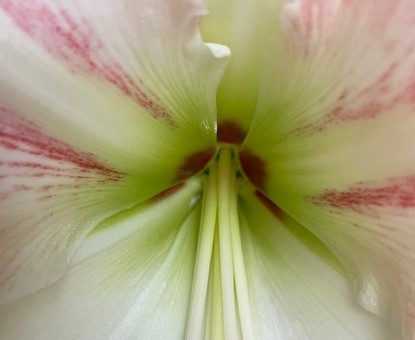
I take refuge in the Buddha,
the one who shows me the way in this life.
I take refuge in the Dharma,
the way of understanding and of love.
I take refuge in the Sangha,
the community that lives in harmony and awareness.
~ Three Refuges Chant, Plum Village Chanting Book
Dear Friends,
It’s a new month, and we are changing again. In many Buddhist centers when someone joins the community, they take refuge. This is taking refuge in three things, the Buddha, and the promise of waking up, the Dharma, the teaching of truth and the path, and the Sangha, the community that helps us live following our values. These are called the three jewels or the triple gems.

Today there is snow, lots of snow and I watched a Dharma talk from a retreat I attended back in 2015. Sister The Nghiem, Abbess of White Crane Hamlet invited the community to note the difference between taking refuge and escaping. I answered that question six years ago and it seems truer today. When I take refuge, I stop, I come to a place of rest and stability. When I escape, there is the energy of running, of distancing myself from danger and there is a sense of dis-ease and dis-connection. When I take refuge, I am home, safe, and protected, and able to rest.
One of the realizations of living in this pandemic is that there is nowhere to run. There is no safe place to escape from the virus. While we can distract ourselves, we come back to the same truth there is no place immune from this. When we recognize that putting out trust in the transitory world does not provide stability or refuge, we can find that pace to stop, to come home, and to know we are living in alignment with our values.
This protection in taking refuge comes from recognizing that the teachings of the Buddha, offer us protection from pain and harm in our lifetime. When we follow this path of practice and live in accordance with non-violence, with compassionate speech, earning a living without harming living beings or our planet, with diligence and an eye towards the impermanent coming and going of all things, we protect ourselves from a life that gets complicated with delusion, distractions, and the pastime of acquiring more stuff than we can use in a lifetime.
The Buddha is recorded as saying:
Threatened with danger,
Many go for refuge to gardens, sacred trees, mountains and forests.
But such is not safe refuge.
Such is not the supreme refuge.
By means of such a refuge
No one is able to free himself from all these sufferings.
However, if one turns to the Buddha, the Dhamma, and Sangha for refuge,
Realizes the four Noble Truths: Dukkha [unsatisfactoriness], Dukkha’s causes, the
cessation of Dukkha,
And the Noble Eightfold Path that leads to the
cessation of Dukkha
This indeed is the safe refuge,
This indeed is the supreme refuge,
Turning to this refuge, one frees himself
From all suffering. (Maitreya, trans., 1995, Dhammapada, 188-192).
These three jewels are so precious because they give us clear directions of how to live a happy life. The Noble Eightfold Path, the medicine the Buddha gave to stop suffering, spells out the steps for conduct that will create a peaceful and meaningful life for us and the world. There are the steps of thinking about our interconnection and the understanding of the wisdom teachings, Dharma, that leads to happiness in Right Understanding.
We understand how to produce a pleasant thought and how to cultivate wholesome mindstates while letting go of the unwholesome thoughts in Right Effort. There is loving speech, truth, and deep listening, in Right Speech, and the responsibility of how our actions belong to us and affect others and ourselves in Right Action. There is accountability for our lives and for protecting the lives and wellbeing of others and the planet in Right Livelihood, not selling weapons, or substances that lead to intoxication and addiction.
In Right Effort, we deepen our practice with joy instead of harshness and criticism. Right Mindfulness calls us to be aware of our feelings, our bodies, and our minds, and in Right Concentration, we develop the diligence to stay with our meditative training. This ability to sit, calm the mind and look deeply leads us to insight which unties the knots that prevent us from freedom.
When we live in accordance with this happiness plan and seek the support and company of those who also want to create this world, we increase our happiness. This is the fruit of taking refuge in the Buddha, the Dharma, and in Sangha. As we live with this awareness, we also see that the three gems are inside of us as well.
We are encouraged to take refuge in the Buddha in ourselves, our own ability to become awake, and to celebrate the moments we are already a Buddha! We may see this when we give a place in line to someone who is struggling, or when we refrain from joining with criticism in a group. We see that taking refuge in the Dharma in myself means that I recognize how this path benefits my life and that my practice directly affects the happiness or unhappiness of those around me. Taking refuge in the sangha in myself means I see the interconnected web I am part of and the support already here for me. I can see sangha in the trees in my back yard and in the ways that I am able to listen when someone calls with a concern they want help to understand. I see sangha as how my life stretches out and back, how I enact belonging for myself and others.
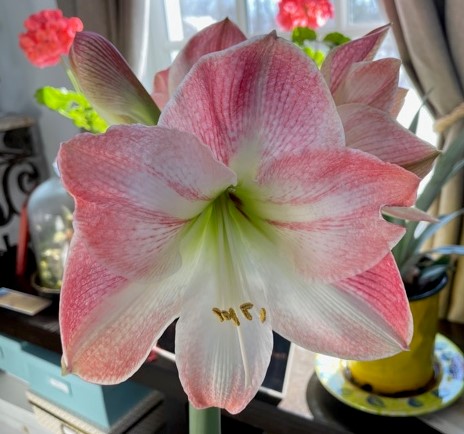
Refuge means we have confidence. In Buddhism, we are asked to try things out and see if they are of benefit to ourselves and approved of by those whom we consider wise. When we experience what refuge means to us, we naturally develop confidence and trust. This gives us the desire and the conviction to continue to practice. Our practice is meant to be joyful and to create joy for us. If we are suffering and making those suffer around us by our practice, we’ve grasped the teachings in the wrong way and are using them as a justification for more violence and separation from ourselves and others. Taken with care, these refuges offer us the solidity and ease, that enables a life of integrity, joy, and peace. The three jewels offer protection from avoidable suffering, a way out of confusion, and joy that rests on what is unshakable.
May we all trust our light,
Celia
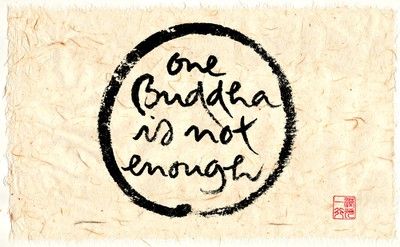
References
Maitreya, B. A. (1995) The Dhammapada: The path of truth, Berkeley, CA: Parallax Press



